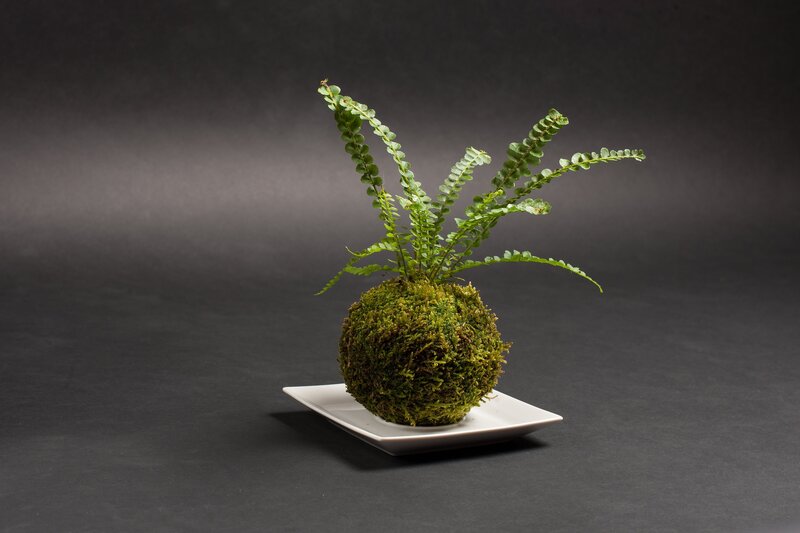Cold-Weather Gardening Tips
Posted on 14/08/2025
Gardening can be a year-round activity, even in colder climates. With a bit of planning, the right tools, and some cold-weather gardening tips, you can extend your growing season and enjoy fresh produce and beautiful plants even when the temperatures drop. This article will guide you through some essential cold-weather gardening tips and strategies to keep your garden thriving through the winter months.
Understanding Your Growing Zone
The first step to successful cold-weather gardening is understanding your growing zone. The United States Department of Agriculture (USDA) has divided the country into different hardiness zones based on average minimum winter temperatures. Knowing your zone helps in selecting plants that can survive and thrive in your specific climate. For winter gardening, choose hardy plants that are known to withstand colder temperatures.

Selecting Cold-Hardy Plants
While most plants go dormant or die off in the cold, some are well-suited for harsh conditions. Understanding which plants are naturally resistant to cold is key to a successful winter garden. Vegetables like kale, Brussels sprouts, and carrots, as well as herbs like thyme and sage, can withstand the cold. Additionally, ornamental plants such as pansies, hellebores, and some varieties of ornamental cabbage are great choices for adding color to your winter garden.
Starting Seeds Indoors
One of the most effective cold-weather gardening tips is to start seeds indoors. By initiating the growth process inside, you give your plants a head start before they are exposed to the colder elements. Use seed trays and pots, ensure they are in a well-lit area, and maintain appropriate moisture levels. Transplant these seedlings to your garden when they are strong enough to withstand outdoor conditions, preferably during a warmer stretch in the weather.
Utilizing Cold Frames and Hoop Houses
Cold frames and hoop houses are invaluable tools for winter gardening. These structures provide a controlled environment that protects plants from frost, snow, and freezing temperatures. A cold frame is essentially a box with a transparent lid that traps heat, while a hoop house is a tunnel-like structure covered with plastic. Both can keep your plants several degrees warmer than the outside air, extending your growing season considerably.
Mulching for Insulation
Mulch serves as an insulating layer that protects the soil and the roots of your plants from the cold. Organic mulches like straw, leaves, and wood chips work well to retain soil moisture and keep temperatures more stable. Apply a generous layer of mulch around your plants before the first frost to maximize its protective benefits. Remember to periodically check and replenish the mulch as needed throughout the winter.
Watering Wisely
Watering becomes a more delicate task in winter. Plants still need hydration, but overwatering can lead to root rot, especially if the water freezes. The best times to water your garden are during the warmer parts of the day, ensuring that the soil has enough time to absorb the water before temperatures drop at night. Always aim for the base of the plant to avoid wetting the foliage, which can lead to freezing and damage.
Wind Protection
Cold winds can be as damaging as frost to your garden. One effective cold-weather gardening tip is to create windbreaks using burlap screens, fencing, or even larger plants. These barriers can significantly reduce wind speed and protect more vulnerable plants from chilly gusts. Temporary windbreaks can be especially useful for younger or less hardy plants.
Frost Blankets and Row Covers
Frost blankets and row covers are other excellent tools for safeguarding your plants. Made from lightweight, breathable fabric, these covers provide a layer of protection against frost while allowing sunlight and moisture to penetrate. Place them over your plants during the day, and make sure they are securely fastened to prevent them from blowing away. Remove the covers periodically to allow for air circulation and to prevent overheating on milder days.
Harvesting Timely
Timing your harvests is crucial in cold-weather gardening. Some vegetables, like kale and Brussels sprouts, actually improve in flavor after a light frost. However, it's important to harvest root vegetables like carrots and beets before the ground freezes solid. Regularly check your garden and harvest vegetables at their peak to enjoy fresh produce throughout the winter months.
Embracing Perennials
Perennials can be a fantastic addition to your winter garden. These plants go dormant during the colder months but come back to life as soon as the temperatures rise. Examples include raspberries, asparagus, and rhubarb. By incorporating perennials into your garden, you can ensure a consistent yield year after year without the need for replanting every season.
Using Raised Beds
Raised beds can provide an advantage in cold-weather gardening. The soil in raised beds warms up faster in the spring and can be better controlled for drainage, two factors that are particularly beneficial in colder climates. Construct raised beds using materials like wood, stone, or metal, and fill them with high-quality soil to give your plants the best possible start.
Incorporating Compost
Adding compost to your garden in the fall can offer significant benefits throughout the winter. Compost enriches the soil, improves its structure, and provides essential nutrients that help plants withstand cold temperatures. Spread a layer of compost over your garden beds and work it into the soil to prepare for the coming winter. This not only helps current plants but also enriches the soil for spring planting.
Maintaining Garden Tools
Cold-weather gardening doesn't just involve plants; it also requires a well-maintained set of tools. Before the first frost, clean, sharpen, and oil your tools to prevent rust and ensure they are ready for any winter gardening tasks. Properly stored tools will make your gardening efforts much more efficient when you need them.

Continuing Garden Education
One of the best cold-weather gardening tips is to never stop learning. Winter is an excellent time to read gardening books, take online courses, and join local gardening clubs. Expanding your knowledge base will prepare you for new challenges and opportunities in your garden.
Final Thoughts
Cold-weather gardening may require a bit more effort and planning, but the rewards are well worth it. With these tips, you can protect your plants from harsh conditions, extend your growing season, and enjoy fresh produce and flowers even in the colder months. Embrace the challenges and joys of winter gardening, and you'll find that it can be just as fulfilling as gardening in the warmer seasons.
Start implementing these cold-weather gardening tips today to see a fruitful and vibrant garden all year round.







